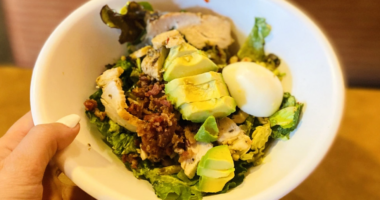Fruits and vegetables form a paramount part of our diet. Our diet would be incomplete without having them even for a single day in our lives. They taste better when they are fresh. Various studies have also shown that veggies and fruits start losing their nutritional value after the harvesting. This is the reason why people always prefer buying them when they are fresh.
Nowadays, people have also started growing them at their home only to take advantage of all the nutritions they have. However, this is not possible for all of us. We all have hectic life schedules and there is hardly any time left for growing veggies. So, most of us have to bring our veggies and fruits from the nearby markets. To make this shopping experience a little easier for you, we have shared some points below:
1. Buy seasonal produce:

Every shopper must know this fact that not every produce can be grown in all the seasons. You might have noticed that the off-season produce is more expensive than the seasonal ones. It is because they are produced by special methods and are mostly imported from different parts of the world, which means a lot of added expenses of shipping charges.
Therefore, pick veggies or fruits that are seasonal as they are less expensive and are of good quality. If you want to buy seasonal and organic vegetables and fruits from the comfort of your place, then consider checking out dandenong fruit and veg market.
2. Do not plan ahead when it comes to fresh produce:
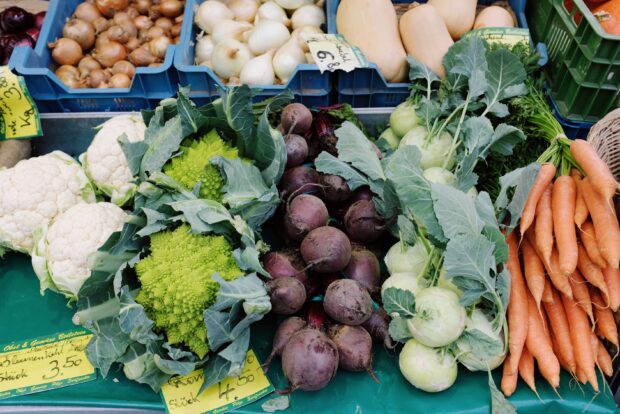
Since our childhood, we all have been taught that we should plan our tasks or things ahead of time but this is not true in the case of buying fresh produce. It is because when you buy them in advance, they start getting dry and rotten with time. And when the time comes when you are about to prepare your favorite meal, you come across veggies infected by bacteria. If you do not want to waste your money like this, purchase the vegetables only 1-2 days before you want to consume them.
Before buying new stock, it is always recommended to finish up your previous stock. If you want to keep the produce fresh for a longer period, you must keep them in the refrigerator.
3. Look for a cut watermelon:
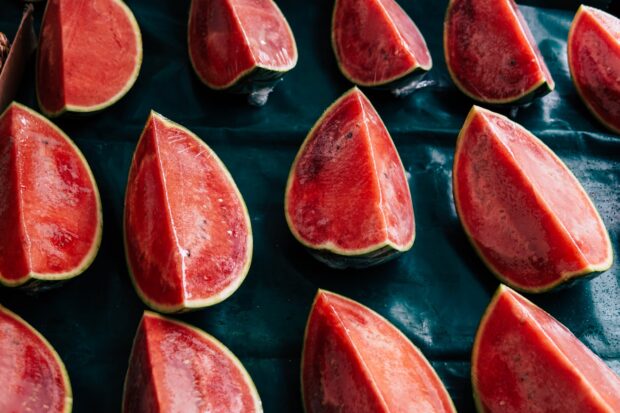
Search for a cut watermelon to ensure it can be eaten by examining its color. It should be deep red in color. While purchasing an entire watermelon, search for one that is firm.
Slap it and check whether it sounds empty. Ensure it has a yellow region on one side. If there’s no yellow region, it might have been reaped too soon.
4. Utilize your senses:
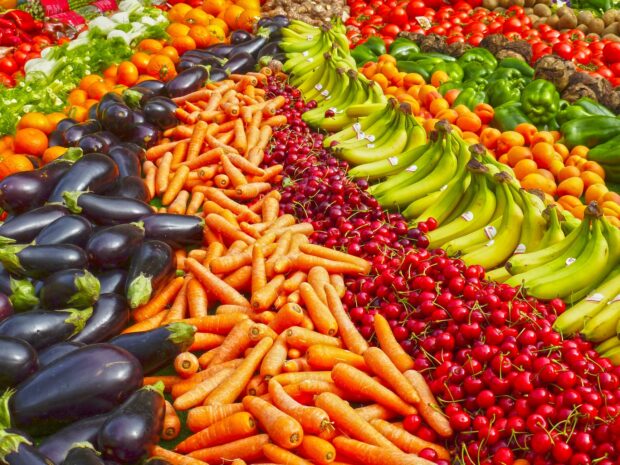
Pay attention to your gut feelings, as you utilize your senses. As mentioned above, with a tap on the Watermelon, you get to know if it is empty or not. Then, yams or apples will feel firm when new, tomatoes have a slight springiness, avocados might be squishier, and grapes feel plum. Then, if you attempt to gauge a custard apple in your hand and it feels weighty for its size, bingo!
You can also use your nose to smell the fruit and know if it is fresh or rotten. Lastly, your eyes will assist you with deciding whether the veggies and fruits are fresh or not, for example wrinkly skin or shriveling leaves show the produce is old. Mind you, minor scratches or bruises- generally, a consequence of transportation – are fine, however try not to purchase the ones which have an excessive number of such scratches or have become abnormally soft and disgusting.
5. Fresh are not always the best:

In the colder period of the year, you can receive peaches from Peru, yet they are costly and have to travel a long distance to get to you. Fresh produce is best when purchased in season and locally for the most extreme flavor and nourishment. Research has shown that frozen foods grown from the ground are similarly essentially as nutritious as fresh veggies and have less waste.
Be careful while purchasing canned products because they have added salt and corn syrup. Various supplements might get lost in the fluid in the can. Stay away from those with added corn syrups and added salt because it might not be good for your overall health.
6. Do not forget to compare the prices:
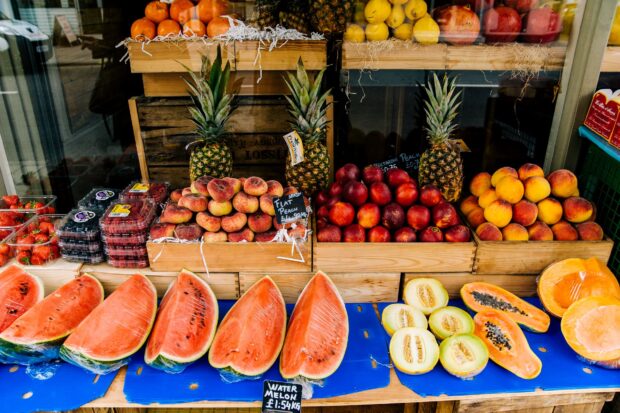
Actually take a look at the difference in cost between the prepackaged produce and the loose ones. Picking loose, single unit produce is frequently a better option as compared to the prepackaged choices because it helps in saving money. Choosing the products yourself likewise permits you to choose better quality foods grown from the ground.
7. Consider buying from farmer’s market:
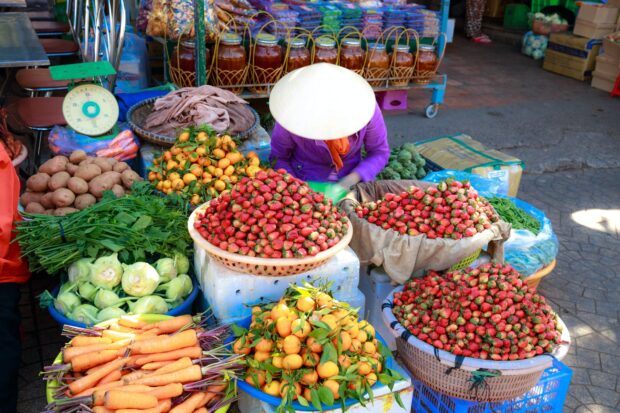
The vast majority of us are familiar and open to doing shopping at the grocery stores more often. While it very well may be helpful to a visit to farmer’s business sectors as it is unquestionably worth the effort as buys from such business sectors can be more affordable.
It is much more astounding to see the enthusiasm of farmers and it feels good to help such local markets.On the top of this, you will have the guarantee that the vegetables and fruits from farmer’s market are recently harvested as compared to the ones you find at general stores.
8. Weigh the produce:
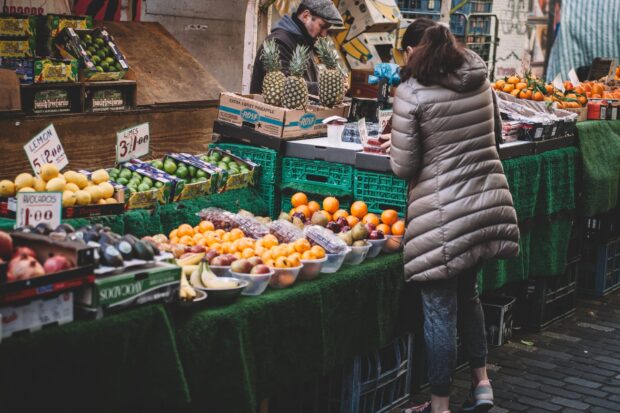
If you’re purchasing vegetables and fruits that are valued by the item instead of by the weight(like lemons and avocados), exploit the store’s scales and gauge them to view the heaviest one. Thus, you’ll be certain you’re maximizing your cash. The equivalent is valid for pre-bundled sacks of produce: gauge sacks of carrots, apples, and potatoes to see which option gives you better value for money.
To Sum Up
Many times, while purchasing fresh vegetables and fruits, people fall for the outer looks rather than actually understanding what it will be like from inside. There are certain things that one has to keep in mind while shopping for fresh produce. Check out the list mentioned above and implement these points to ensure you are buying healthy and nutritional vegetables and fruits.


